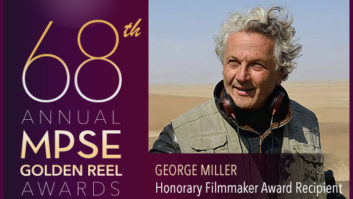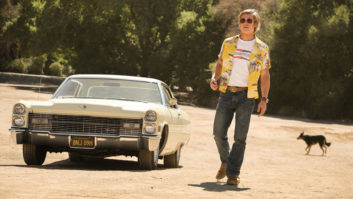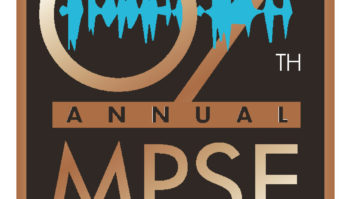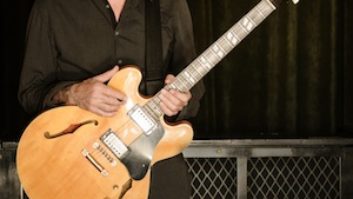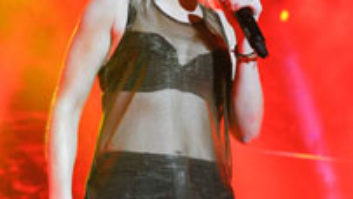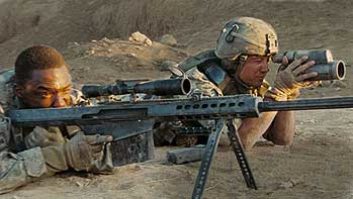Tom Russell is a renaissance man of sorts, and has built his songwriting on his many life experiences. For example, he was a cabbie in New York City in the 1970s; he taught in Nigerian schools during the Biafran War; his paintings hang in southern U.S. art galleries; he was educated as a criminologist; and he is a published writer of prose. As writer and recording artist, his acoustic-guitar-driven music is stripped down and honest. Comparisons of Johnny Cash, Kris Kristofferson and Harry Chapin come to mind, though to be fair, Russell is truly inimitable.
His latest record, Mesabi, is an epic, three-part saga that speaks of Dylan’s birthplace, fallen Hollywood stars and the perilous border town of Juarez, Mexico. It was recorded mostly at Tucson’s WaveLab Studio, with special guests including Calexico, Lucinda Williams, Van Dyke Parks and others.
On Mesabi
I started writing this record two years ago; I was fascinated with the lives of some of these child actors that I grew up seeing, whose lives ended sort of tragically: Bobby Driscoll, the voice of Peter Pan, and Ukulele Ike (aka Cliff Edwards), the voice of Jiminy Cricket. It got me thinking about James Dean, whose car crashed near where my brother works on a ranch. At the same time, I thought about hearing Bob Dylan very early on in 1962 in Los Angeles and what that meant to me. The other theme that is prevalent on the record, and always right in front of me in El Paso is Juarez: the border line and the drug wars. So there were about three themes I began to write about, and they were all very personal.
On Writing
Being a songwriter is my primary job and reason to be here, and I have a good routine. I get up early in the morning and devote most of the early hours to music, to working on songs or just physically playing the guitar and piano to keep in shape. After a couple of hours of doing this, I also write prose.
I feel like my career has really gone in my own direction. It’s been a long, long process, and I am lucky in a way because I still feel like I am developing. My career is backwards—I didn’t start right out of the box with three strong records I could live off of for the next 40 years. Early on, my songs were not really that personal; they were clever, and I was more of a storyteller. Now, there is some personal stuff on these records about growing up and falling in love. It took me a while to meld the literary things I learned from people and also shed a few layers of skin and make them more personal.
On Collaboration
For me, collaboration is very important, both musically and sonically. I think every time you work with creative people that you really admire, they bring something to it sonically and soulfully. I am not so big on collaborating with writing songs anymore, since I want my writing to come from one position now—my own personal, core position. I find it hard to co-write songs because of the compromise element. For me, collaboration becomes important because I am interested in what people can bring both sonically and soulfully. This is especially [true] on this record where I used a lot of different scenarios and studios and different musicians.
On Recreating Dylan
On “A Hard Rain’s Gonna Fall,” I had created the finger-picking approach, whereas Dylan wrote it as a waltz early on. I had originally wanted to try to get Springsteen to sing on that track, which was a wild idea. We corresponded a little bit, and he liked the music, but it never happened. Then Lucinda [Williams], who I knew from my early days on the road, came into mind. I thought she would be perfect, since she is sort of like a female Dylan and has that soulful, edgy voice. The backing track was done by Calexico. I chose them because they brought a completely different feel to it.
On Recording at WaveLab
I started recording Mesabi at WaveLab in Tucson about a year ago, where I started off my last record, Blood and Candle Smoke. This is a pretty well known, hands-on studio owned and engineered by a guy named Craig Schumacher who has done a lot of Calexico records as well as a lot of other hip stuff. Craig is a master of mic technique and recording things live off the floor. I don’t know how he does it, but he has a huge knowledge of microphones. He had live mics on me, and we also went direct on the guitar.
WaveLab’s big room (with a lot of instruments hanging on the walls) is very cool and kind of makes you feel like you are recording with The Band. I think on several of those first songs—especially “Hard Rain,” because it’s so damn long—I told myself I was going to record just one version. I figured it was either going to work or not. On “A Land Called Way Out There,” and “The Road to Nowhere,” I pretty much did live vocals along with the guitar.
On Working with Barry Walsh
We had me on acoustic guitar, Joey [Burns] on bass, John [Convertino] on drums, Jacob on the trumpet and Barry Walsh tracking on the piano, and also overdubbing things like organ. When you have a guy as good as Barry Walsh on piano, who has played with Roy Orbison and Waylon Jennings, the piano is covering so much middle ground that you can get away with a lot with a rhythm guitar. We blended very well together, and Barry ended up co-producing the record with me. Sonically, I think it all holds up. At the end, I was very happy that I accomplished what I set out to do. I brought everything I could to the material.
